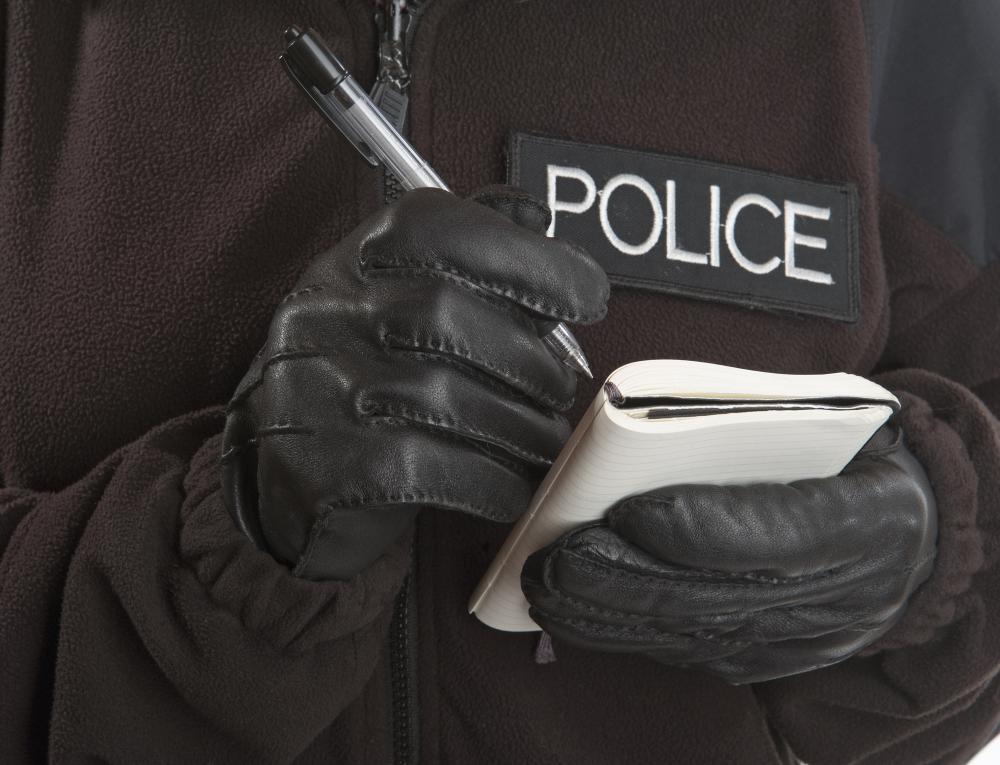At MyLawQuestions, we're committed to delivering accurate, trustworthy information. Our expert-authored content is rigorously fact-checked and sourced from credible authorities. Discover how we uphold the highest standards in providing you with reliable knowledge.
What does "Click It or Ticket" Mean?
“Click it or Ticket” refers to putting on a seat belt in order to avoid a traffic citation. The phrase is the name of a United States National Highway Traffic Safety Administration (NHTSA) campaign aimed at increasing seat belt usage among Americans. Although it is controversial in some circles, the program is generally supported in the U.S. The phrase also might be used informally outside of the U.S. for the same purposes.
The “click” in “Click it or Ticket” is a reference to the sound made by securing the seat belt in a car. Although the installation of seat belts in vehicles in the U.S. was made mandatory in 1966, the percentage of people using the belts remained very low through the early 1980s. Beginning in 1984, many states passed legislation requiring occupants of a moving vehicle to wear safety belts, and “click it or ticket” became a slogan commonly used to remind people of the penalties for not complying with the new laws. The term is similar to and said to have been inspired by a British seat belt initiative known as “Clunk Click Every Trip.”

“Click it or Ticket” has since been adopted by the NHTSA to describe its national seat belt law enforcement campaign. Every year in May, the NHTSA organizes a mobilization/crackdown period in which many law enforcement agencies and advocacy groups work to increase awareness of the advantages of wearing seat belts and the price for getting caught without them. In addition to the annual blitz, the campaign encompasses various pro-seat-belt advertisements at both the national and state levels. The NHTSA and many other organizations produce television ads to raise awareness, and billboards and traffic signs often list the fines for not wearing a seat belt.

Both “Click it or Ticket” and the seat belt legislation that it promotes have been criticized as limiting personal freedom. Some argue that mandating seat belt usage infringes on citizens’ civil rights and thus should not be permitted. Supporters of “Click it or Ticket” claim that the measures are a matter of public safety, because seat belts have been shown to reduce the rate of injury or death in car accidents. The other major controversy regarding the campaign is over whether not wearing a safety belt is a primary offense — that is, one for which police officers can pull over a car — or a secondary offense that can be cited only after another offense has been observed. Laws vary by state, but as of 2011, most areas of the U.S. listed it as a primary offense.
AS FEATURED ON:
AS FEATURED ON:













Discuss this Article
Post your comments